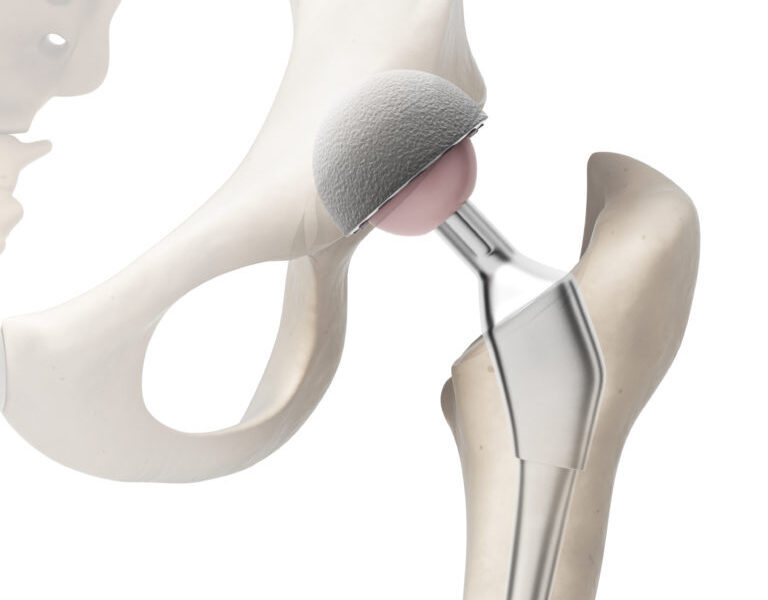Stryker Mako Robotic Assistant for Total Hip Replacement
Stryker Mako Robotic Assistant for Total Hip Replacement https://phoenixspineandjoint.com/wp-content/uploads/2019/05/shutterstock_1292625418.jpg 1000 563 Phoenix Spine & Joint Phoenix Spine & Joint https://phoenixspineandjoint.com/wp-content/uploads/2019/05/shutterstock_1292625418.jpgFor more than 100 years total hip replacement surgery has been used to help people suffering from hip pain. Today we have a new tool to help. Introducing the mako robot.
Total hip replacement, also called hip arthroplasty, is a common operation for the treatment of hip pain due to arthritis. Total hip replacement follows a protocol. Patients with hip pain that worsens over time and becomes severe undergo an x-ray to confirm they have arthritis and not some other more serious cause. They are then referred for physical therapy in which they learn a home exercise program. If that fails and the pain is severe then total hip replacement is necessary.
Total hip replacement surgery was traditionally done using a posterior (from the back) approach. Posterior hip replacement surgery is now a legacy procedure and should be avoided because it 1) requires the surgeon to take down muscles you need, resulting in a higher rate of complications like dislocation afterward; 2) is more painful than the alternatives, and leads to a longer and slower recovery; 3) is so painful it must bed one in a hospital, which can cause Covid-19 and wound infections, blood clots, and harmful errors. Today total hip replacement surgery should be done with a minimally invasive approach such as the anterior total hip replacement, superpath total hip replacement, and direct superior total hip replacement.
How long does it take to recover from a hip replacement? Anterior, direct superior and superpath total hip replacement surgery take 45-60 min, are done in an outpatient center; some patients use a walker for a day or two; you can walk immediately after the procedure; and you are fully recovered without restrictions of any kind in a month. Traditional posterior hip replacement surgery take 1-2 hours, you can leave the hospital when you can walk in 1-3 days; you need a walker for a week; physical therapy starts after three weeks and may go for months; you are fully recovered in six months; if you hip strength returns in full it may take 1-2 years. Use of the Mako robot for the direct superior approach is additionally helpful and speeds recovery.
How painful is a hip replacement? Anterior, direct superior and superpath total hip replacement surgery are not very painful as the procedures are done with spinal anesthesia; most patients do not require narcotic medications after these surgeries; and get by with non-steroidal anti-inflammatory drugs for a few days after the procedures. Legacy posterior hip replacement surgery usually requires narcotics for weeks to treat post operative pain.
There are many advantages of robotic hip replacement. First, the computer uses artificial intelligence to help the surgeon selects the best possible implant out of millions of possible combinations. Before surgery a CT scan of your hip is obtained and the computer makes a 3-d model. The surgeon can fit the model with the available hardware to select the perfect sizes for you.
During the operation the surgeon uses the mako robotic arm to register your bone, and register it with the CT scan used to make the plan. The robot then assists the surgeon to drill with superhuman accuracy, creating a super snug fit of the perfectly sized implant.
- Post Tags:
- Pg - Total hip replacement
- Posted In:
- Total Knee Replacement









